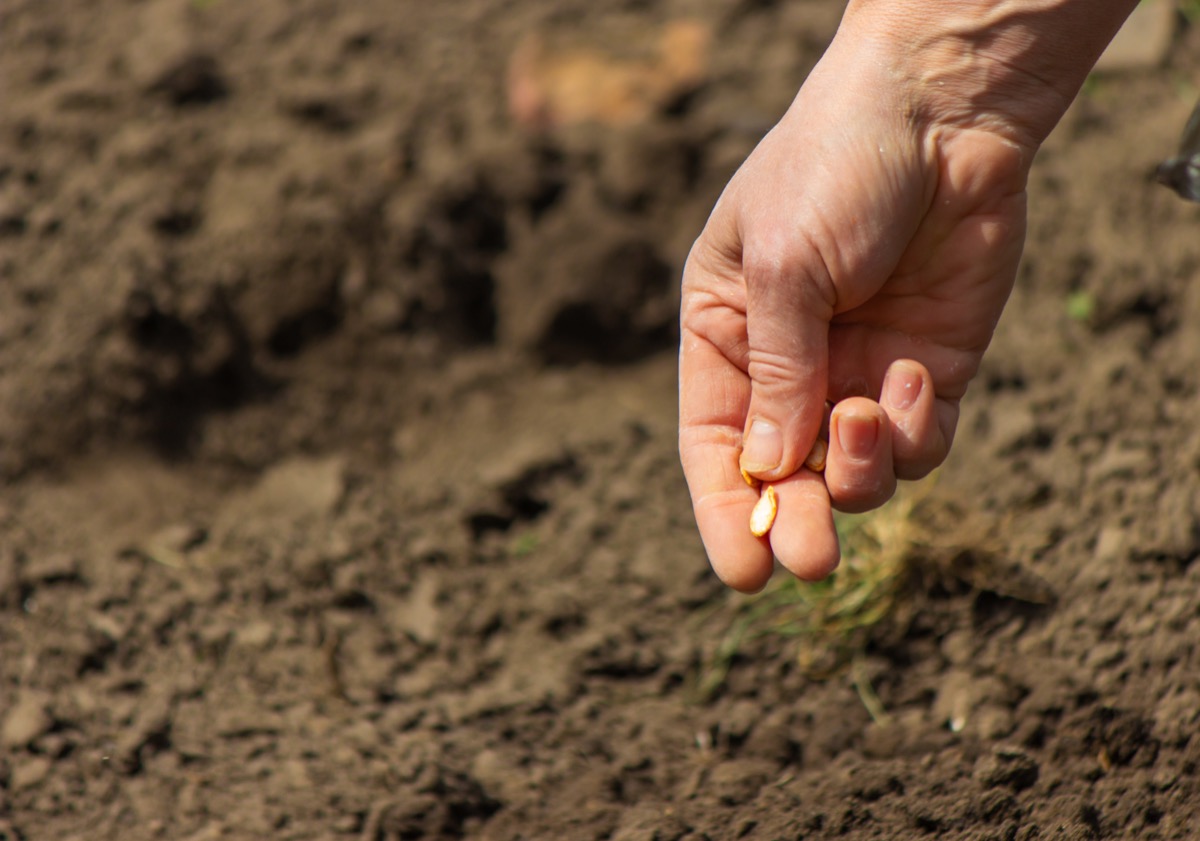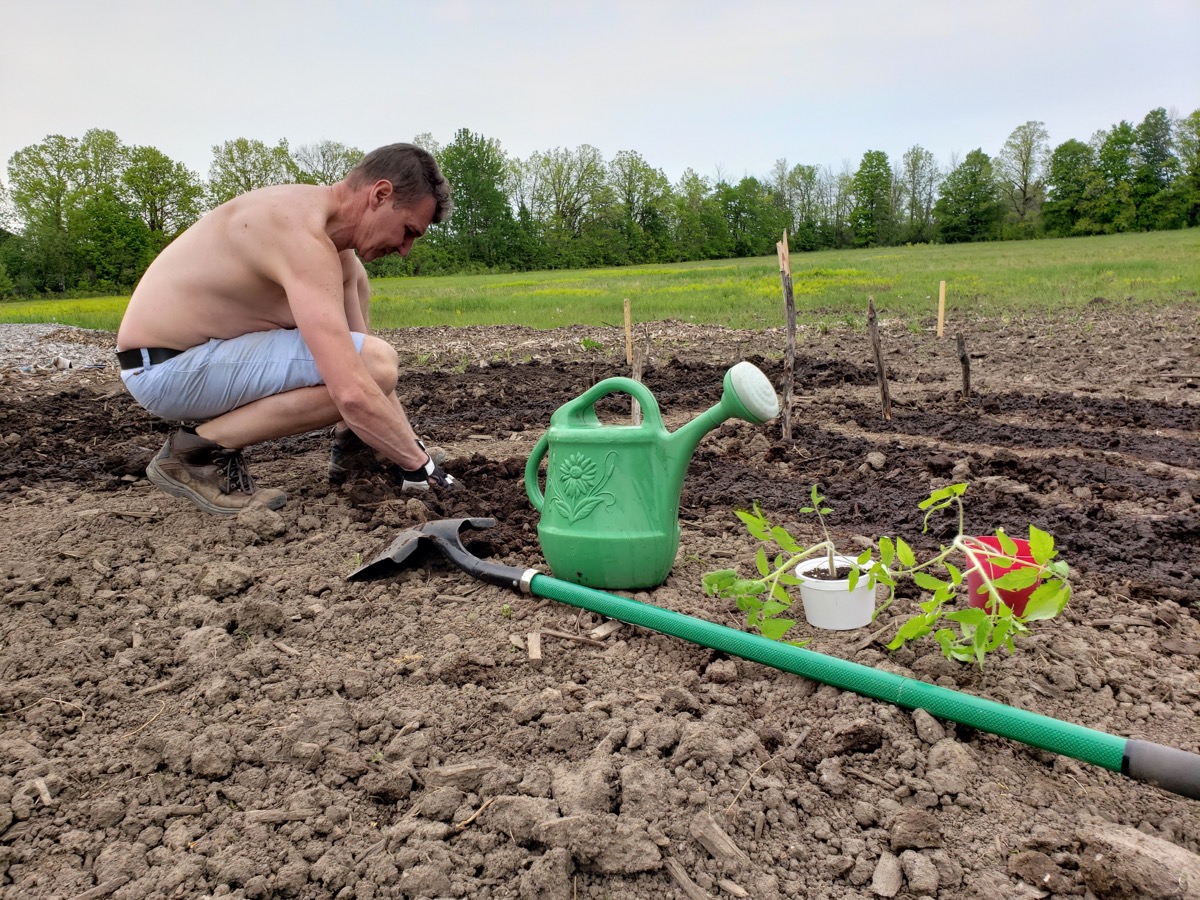When can I plant vegetables in Kentucky? That’s a question many gardeners in the Bluegrass State find themselves asking. Kentucky has a unique climate that’s conducive to vegetable gardening. Certain times are ideal for planting specific vegetables, whether you’re in the eastern or western parts of the state. How long is the Kentucky growing season? The growing season in Kentucky can vary, but it generally lasts from late March or early April until October.

This article is your go-to guide for growing vegetables in Kentucky. It covers what to plant, when to plant it, and how to follow the Kentucky planting calendar effectively. We’ll cover everything from when to plant cucumbers in KY to winter crops Kentucky residents can grow.
When to Plant Vegetables in Kentucky
Understanding Kentucky’s Climate Zones
Kentucky is divided into several climate zones. These zones help gardeners figure out the best vegetables to grow in Kentucky. The eastern part of the state is usually cooler and wetter, while the western region is warmer and drier. Knowing your specific climate zone helps you pick the right vegetables and the best planting times.
Factors Affecting Vegetable Planting Dates in Kentucky
Several factors can affect your planting dates when planning your vegetable gardening in Kentucky. These include frost dates, soil temperature, and rainfall. The length of your growing season depends on when the last frost happens in spring and when the first frost arrives in fall. Soil temperature is crucial for seed germination. Rainfall, on the other hand, affects how often you need to water your plants.
Planting Vegetables in Eastern Kentucky
Eastern Kentucky’s cooler, wetter climate is good for certain vegetables. For example, when to plant lettuce in Kentucky, especially in the eastern part, it is early spring or late summer. Root vegetables like carrots also do well. In the eastern region, when to plant carrots in Kentucky is typically late winter or early spring. For best growth, ensure the soil drains well and has plenty of organic material.
Optimal Vegetable Planting Times for Western Kentucky
In contrast to the east, western Kentucky is warmer and drier, making it ideal for different vegetables. When to plant tomatoes in Kentucky’s western region is usually after the last frost, when the soil has warmed up. Cucumbers also flourish in this area. In Kentucky, especially in the western part, you should plant cucumbers in late spring or early summer, once the frost risk is gone.
Vegetable Planting Schedule for Kentucky
A Kentucky planting calendar can help you track what to plant and when. In early spring, consider planting cold-hardy vegetables like spinach and kale. You can add beans, corn, and squash to your garden as the season progresses. Late summer is best for winter crops Kentucky gardeners might want to grow, like turnips and cabbage.
In case you missed it: Easy and Best Container Plants for Kentucky: For Winter, Shade, and Full Sun (Summer)

Recommended Vegetables for Early Spring Planting in Kentucky
Early spring is the time to plant leafy greens like spinach, kale, and arugula. These vegetables can handle cooler temperatures and provide fresh produce early in the season. Peas are another excellent option for early spring planting. They can tolerate light frosts and are a good source of protein.
Late Spring and Early Summer Vegetable Planting Guide for Kentucky
Late spring and early summer are the perfect times to plant crops that thrive in warm weather. These include vegetables like tomatoes, peppers, and eggplants. Cucumbers and zucchini are other good options. These vegetables love the warm soil and will be produced abundantly if properly cared for.
Fall Vegetable Planting Tips for Eastern Kentucky
In Eastern Kentucky, fall is a perfect time for planting cool-season vegetables that can tolerate or even thrive in lower temperatures. Focus on leafy greens like kale, collard greens, and Swiss chard, which not only tolerate cool temperatures but often become sweeter after a light frost. Root vegetables like radishes and beets are also good choices, as they can grow quickly before winter.
Prepare your soil well by adding compost or other organic matter, which helps water retention and provides nutrients. Monitor the weather forecasts regularly; if a heavy frost is predicted, be prepared to cover your plants with frost blankets or move portable containers inside to protect them. Also, consider succession planting, where you plant crops at different times to extend the harvest period.
Ideal Fall Planting Dates for Western Kentucky
In Western Kentucky, the climate tends to be milder in the fall, giving you a more extended window for planting. Cruciferous vegetables like broccoli and cauliflower can do particularly well during this season, as they prefer cooler temperatures but also need some warmth to germinate. Spinach and lettuce, which grow quickly, can be grown effectively. If planted early, you can harvest them multiple times.
In case you missed it: Easy and Best Vegetables to Grow in Kentucky: Planting Guide for Summer, Winter, and Spring

For root vegetables like turnips or carrots, aim to plant them to be harvested before the first hard frost, typically in late November or early December in this region. Monitoring soil moisture levels is vital, as falls can sometimes be drier, necessitating more frequent watering. Take advantage of the generally mild climate to experiment with different cool-season crops and extend your growing season.
When to Plant and What Vegetables to Grow in Kentucky in Winter
Winter in Kentucky doesn’t mean you must stop gardening entirely; there are still opportunities for growing certain types of vegetables. In Eastern and Western Kentucky, consider planting cold-hardy varieties that survive or even thrive in low temperatures. Kentucky gardeners can take advantage of these winter crops, like kale, collard greens, and certain types of lettuce that tolerate frost.
These vegetables can often survive under a layer of snow, which acts as a natural insulator. You can also consider setting up a cold frame or greenhouse to extend the growing season for less hardy crops. Another option is to focus on root vegetables like turnips or parsnips, which can be left in the ground and harvested as needed throughout the winter. Remember that daylight hours are limited so that growth will be slower, but with proper planning and protection from extreme conditions, winter vegetable gardening can be rewarding.
Vegetable Planting Schedule/Calendar Table for Kentucky
| Season | Eastern Kentucky | Western Kentucky | Vegetables to Plant |
| Early Spring | Late February to Mid-March | Late February to Mid-March | Spinach, Peas, Kale |
| Mid-Spring | Late March to Early April | Mid-March to Early April | Lettuce, Carrots, Beets |
| Late Spring | Mid-April to Early May | Mid-April to Late April | Tomatoes, Cucumbers, Corn |
| Early Summer | Late May to Early June | Late May to Mid-June | Beans, Zucchini, Squash |
| Mid-Summer | Mid-June to Early July | Mid-June to Late July | Okra, Melons, Eggplants |
| Late Summer | Late July to Early August | Late July to Mid-August | Turnips, Cabbage |
| Early Fall | Early September to Mid-September | Early September to Mid-September | Kale, Collard Greens, Swiss Chard |
| Mid-Fall | Late September to Early October | Late September to Mid-October | Radishes, Spinach |
| Late Fall | Mid-October to Late October | Mid-October to Late October | Garlic for next year, Overwintering Onions |
| Winter | November to December | November to December | Winter-hardy Kale, Collard Greens |
In case you missed it: Elevate Your Green Space: 11 Best Rooftop Garden Design Ideas

Conclusion
Whether you’re a seasoned gardener or a beginner looking to cultivate your first vegetable patch, Kentucky offers many opportunities for growing various crops year-round.
- Feed Your Flock for Less: Top 10 Tips to Save on Chicken Feed
- Ultimate Guide to Ossabaw Island Hog: Breeding, Raising, Diet, and Care
- Hatching Answers: The Top 10 Reasons Your Chickens Aren’t Laying Eggs
- Eggs and Economics: Breaking Down the Cost of Raising Backyard Chickens
- Defend Your Greens: Proven Methods to Keep Iguanas Out of Your Garden
- Ultimate Guide to Cinnamon Queen Chicken: A Comprehensive Guide for Beginners
- Ultimate Guide to California Tan Chicken: Breeding, Raising, Diet, Egg-Production and Care
- Ultimate Guide to Marsh Daisy Chicken: Breeding, Raising, Diet, and Care
- 10 Types of Chicken Farming Businesses You Can Start for Profits